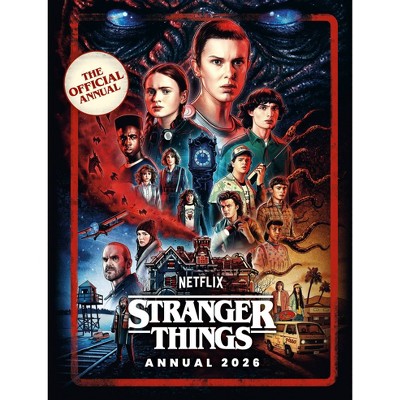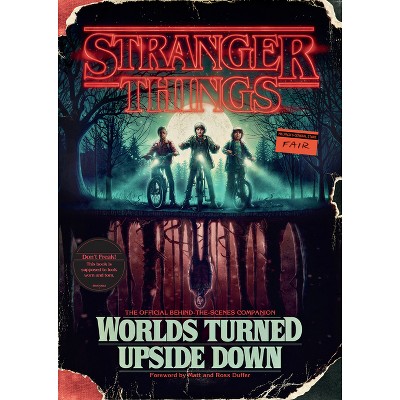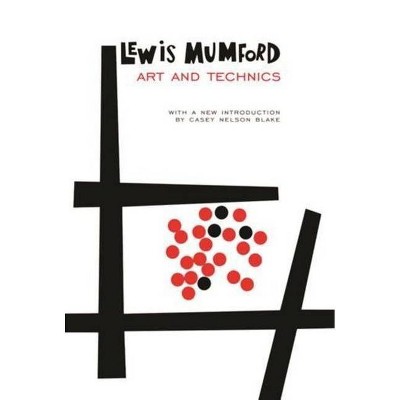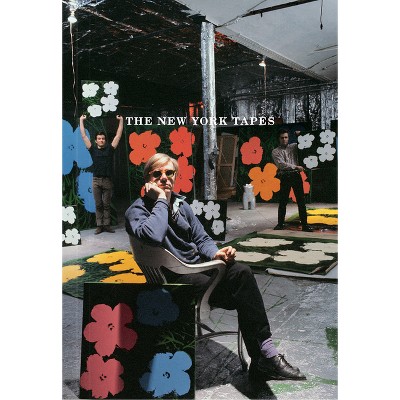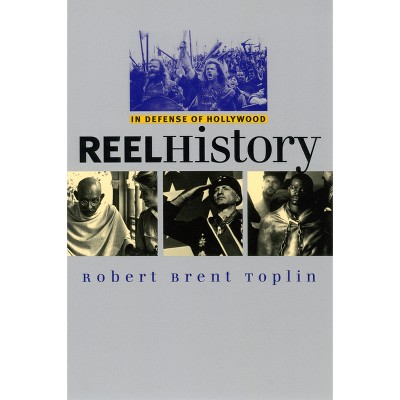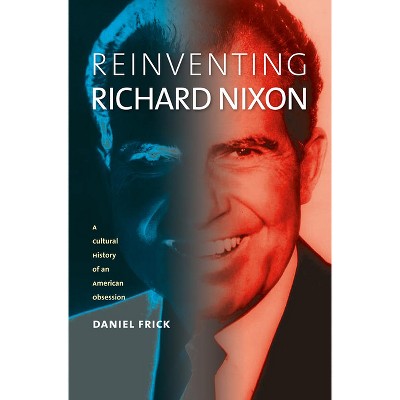Sponsored

Television in Black-And-White America - (Culture America (Hardcover)) by Alan Nadel (Hardcover)
In Stock
Sponsored
About this item
Highlights
- Alan Nadel's provocative new book reminds us that most of the images on early TV were decidedly Caucasian and directed at predominantly white audiences.
- Author(s): Alan Nadel
- 236 Pages
- Performing Arts, Television
- Series Name: Culture America (Hardcover)
Description
Book Synopsis
Alan Nadel's provocative new book reminds us that most of the images on early TV were decidedly Caucasian and directed at predominantly white audiences. Television did not invent whiteness for America, but it did reinforce it as the norm--particularly during the Cold War years. Nadel now shows just how instrumental it was in constructing a narrow, conservative, and very white vision of America.
Nadel depicts a time when television effectively hijacked and monopolized the nation's vision of itself to create a virtual but severely distorted civic space. On Cold War TV's three channels there were no double beds, no liberated housewives, no social criticism, and no homosexuality. And the few available black faces overwhelmingly belonged to athletes, musical entertainers, and actors playing menial roles. Even America's beloved Walt Disney promoted his highly popular TV and theme-park versions of society as utterly homogeneous representations of reality.
During this era, prime-time TV was dominated by "adult westerns," with heroes like The Rebel's Johnny Yuma reincarnating southern values and Bonanza's Cartwright family reinforcing the notion of white patriarchy--programs that, Nadel shows, bristled with Cold War messages even as they spoke to the nation's mythology. America had become visually reconfigured as a vast Ponderosa, crisscrossed by concrete highways designed to carry suburban white drivers beyond the moral challenge of racism and racial poverty and increasingly vocal civil rights demands.
Television in Black-and-White America revisits a time and space that some might miss for its simplicity and relative innocence. Nadel, however, entreats us to look beyond such nostalgia to see how, even in its earliest days, television had already become a powerful mediator of social norms that both controlled and warped our sense of reality.
Review Quotes
"An informative book that delivers on its title premise; it is very much about how Cold War America was white America. . . . Its great strengths are the depth of the context it offers for those who want to understand the psychology of that era."--H-Net Reviews
"An interesting as well as a very disturbing picture of the dramas that flickered in American living rooms in the 1950s and what and whom they excluded."--American Historical Review
"This new work offers readers the same brand of insightful synthesis and original analysis that characterizes Nadel's earlier works. . . . Nadel's comprehensive application of extant historical research to the analysis of specific television programs . . . makes the volume more than worth the effort."--History: Reviews of New Books
"A brilliant piece of cultural criticism, Nadel's important new work provides a revealing look at the emergence of television and how it shaped the national consciousness, particularly with regard to race. It should appeal especially to cultural historians and scholars in media studies.--Ellen Schrecker, author of Many Are the Crimes: McCarthyism in America
"An original and compelling argument. . . . Strongly recommended."--Donald E. Pease, Jr., author of National Identities and Post-Americanist Narratives
Shipping details
Return details
Frequently bought together
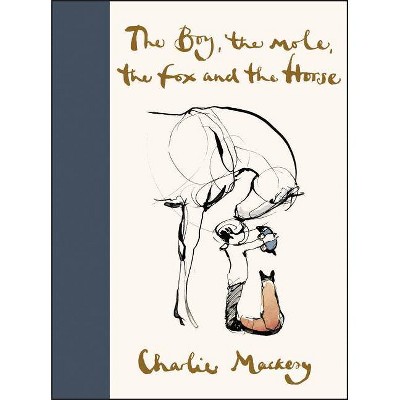


Trending Music & Performing Arts



